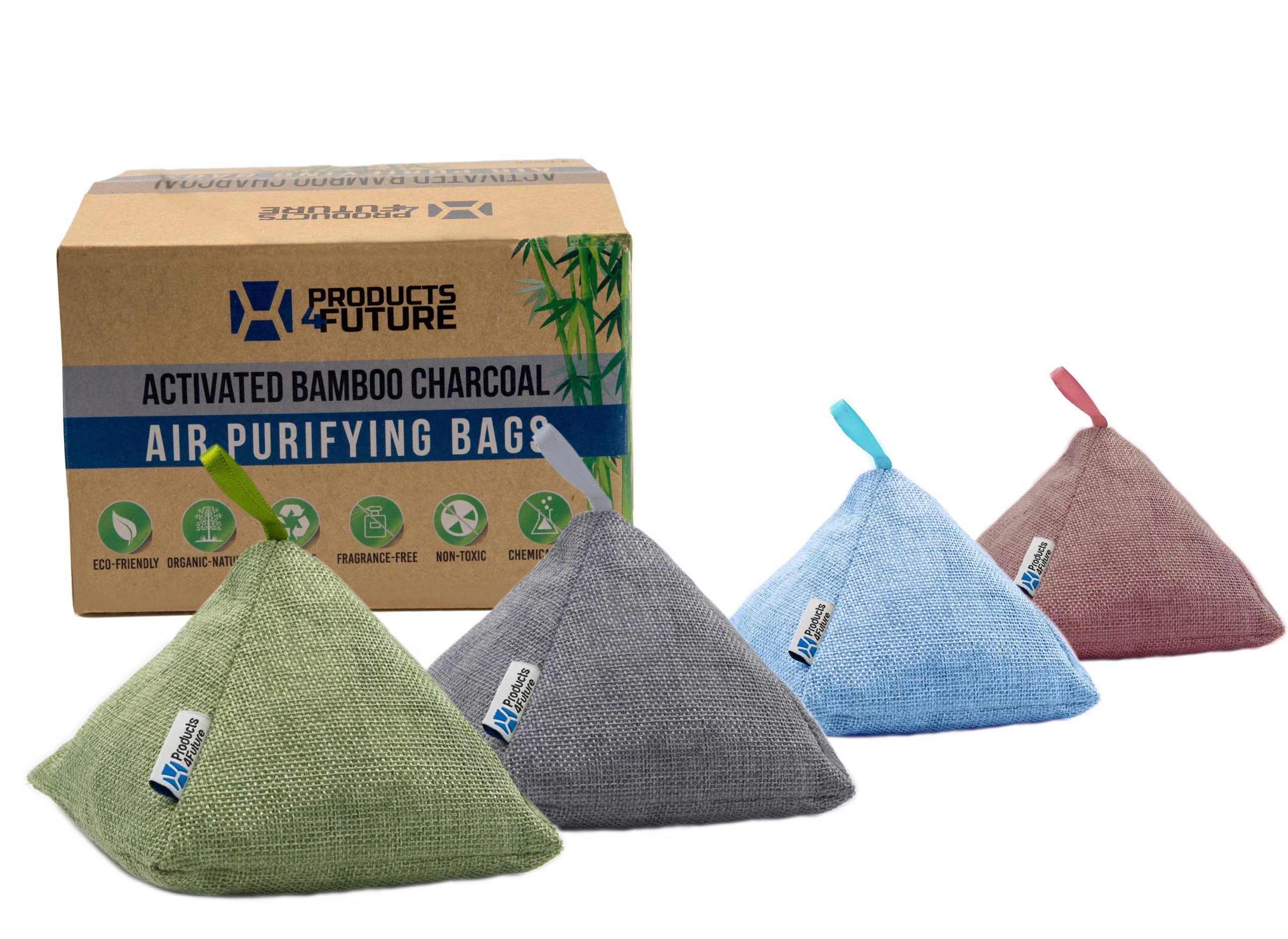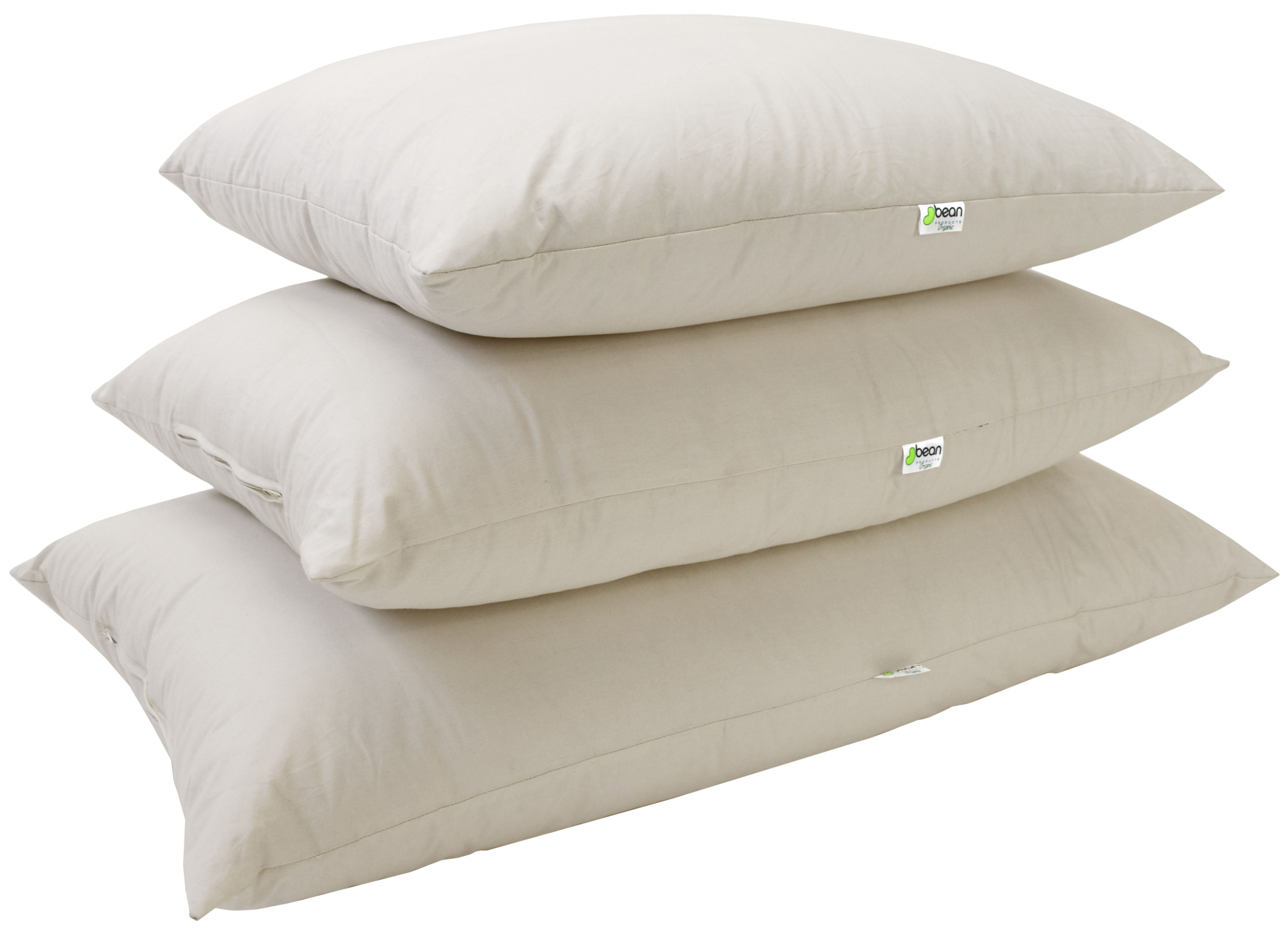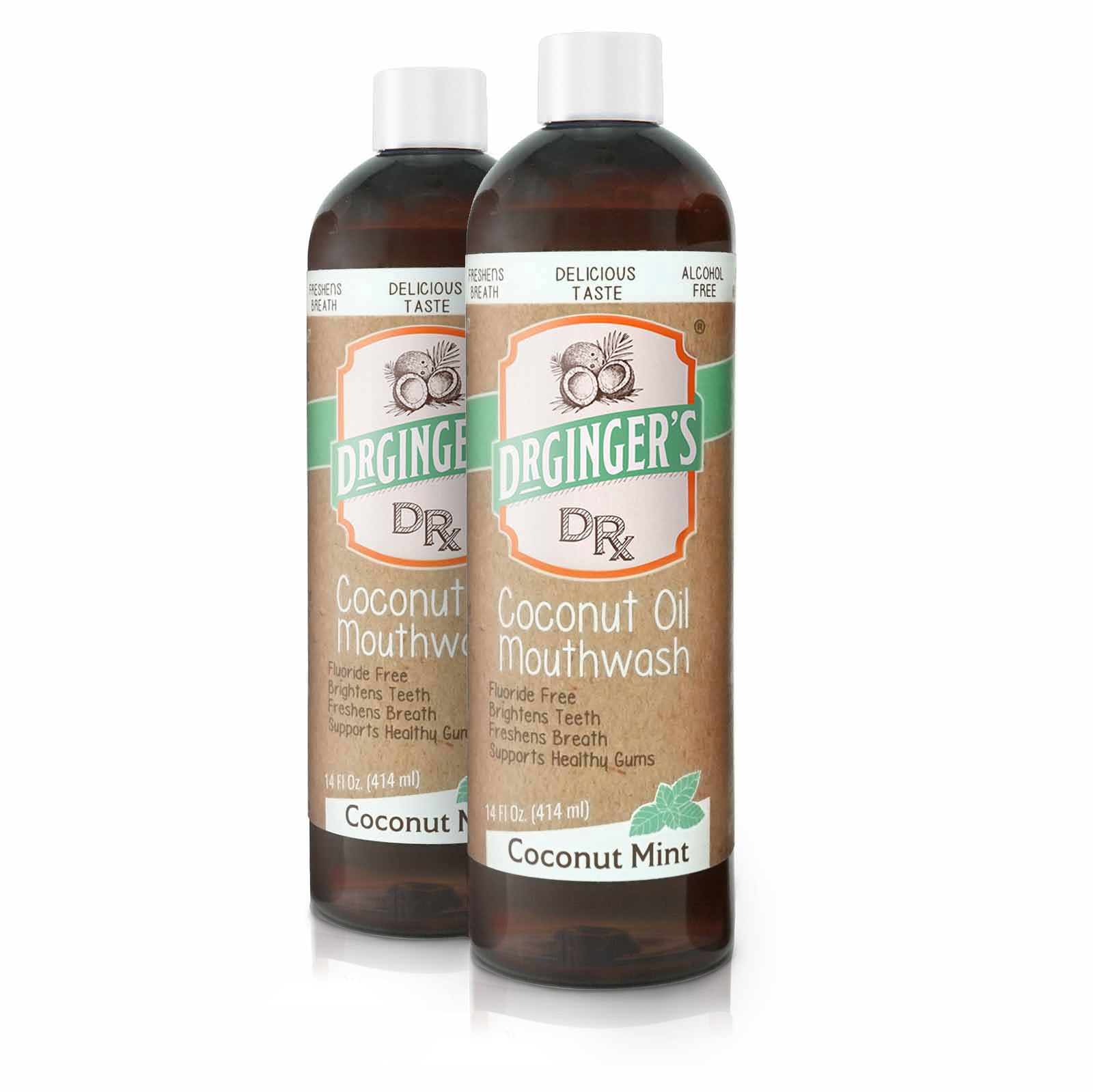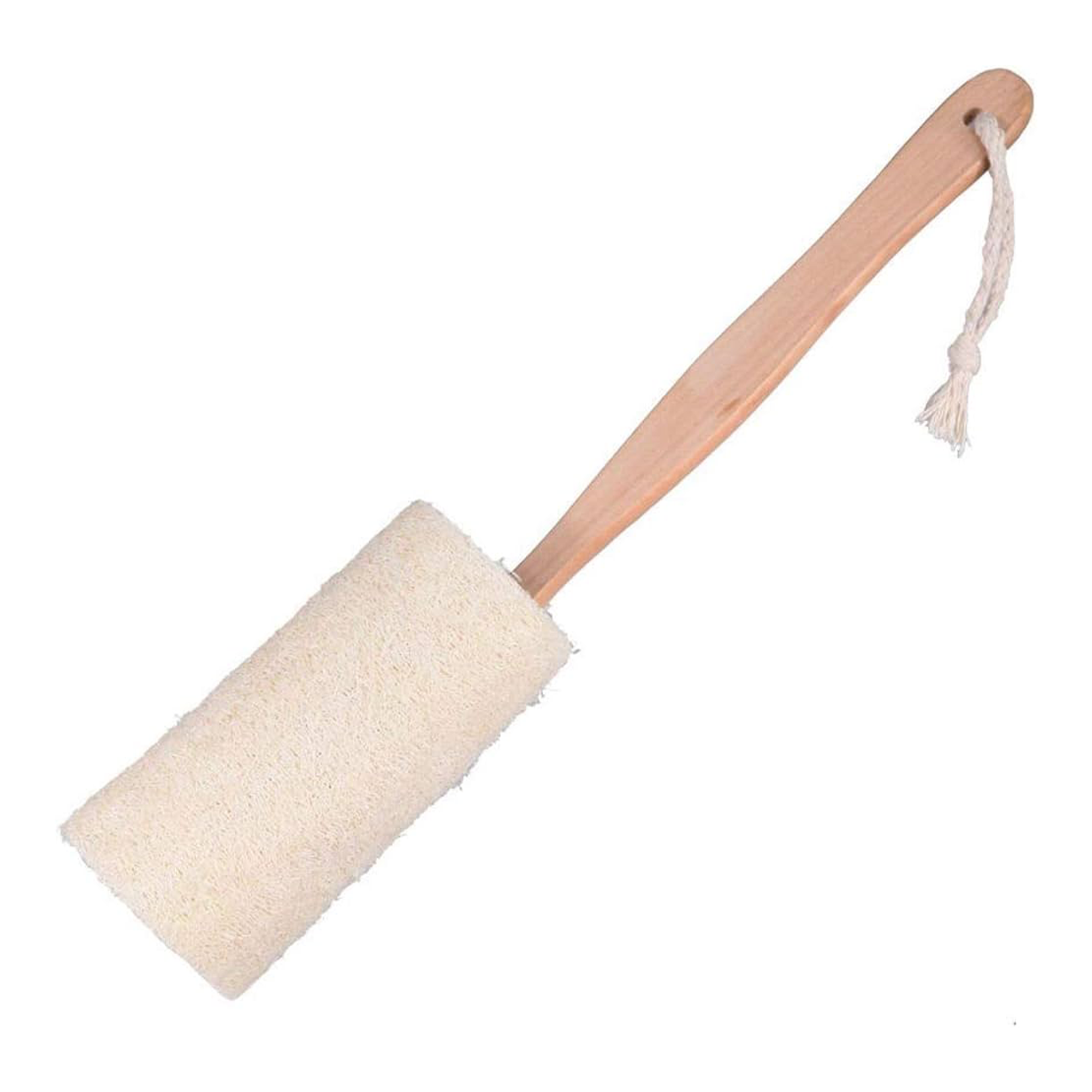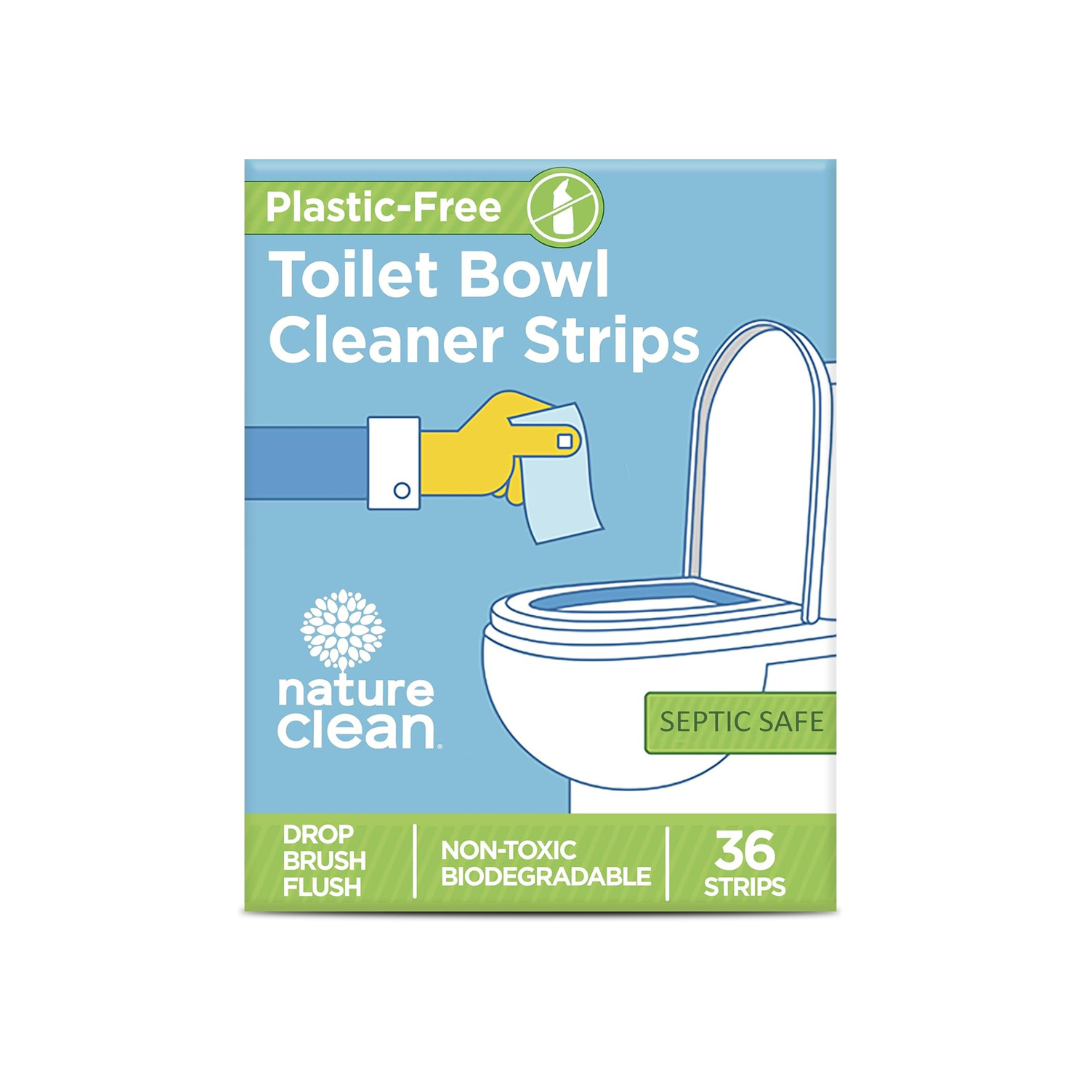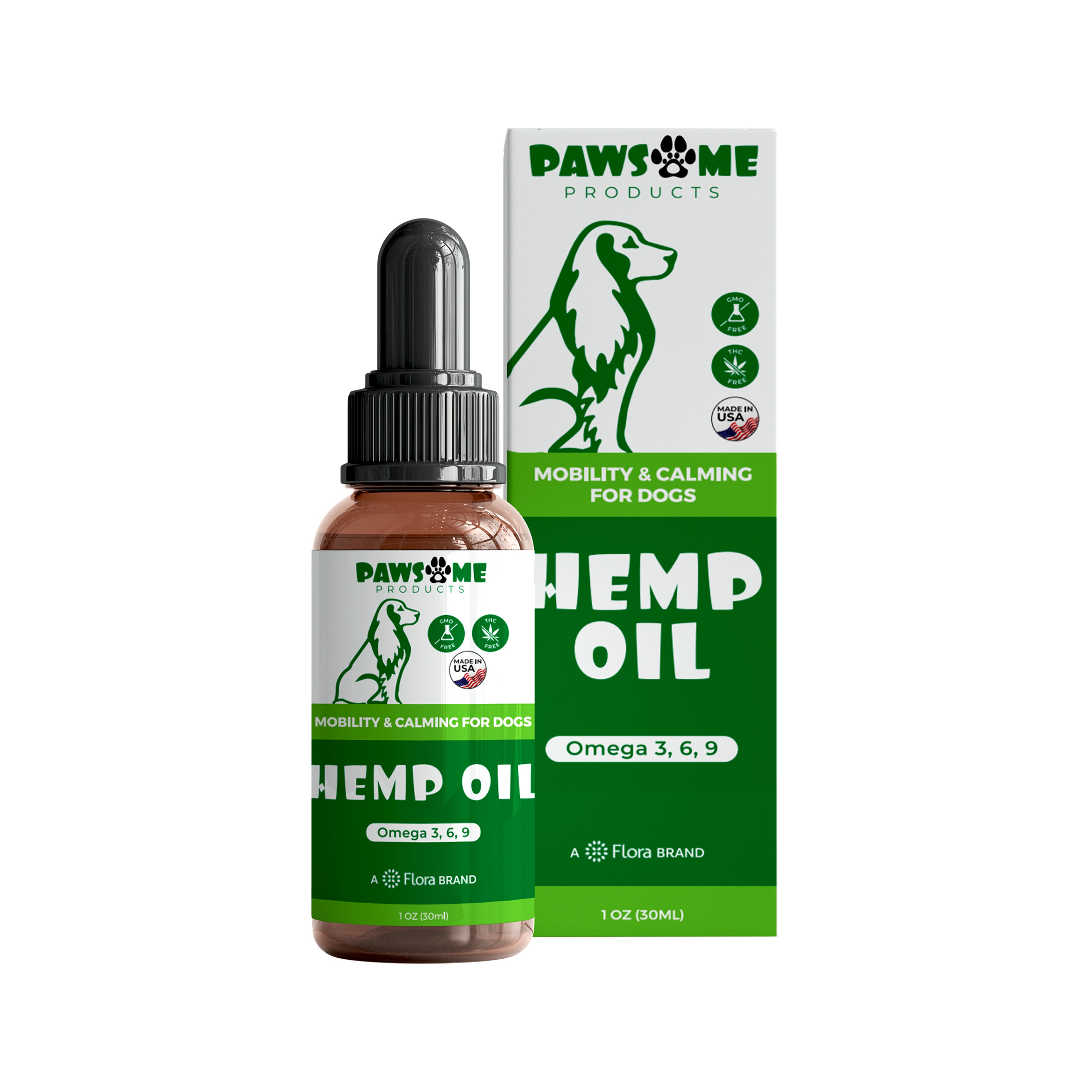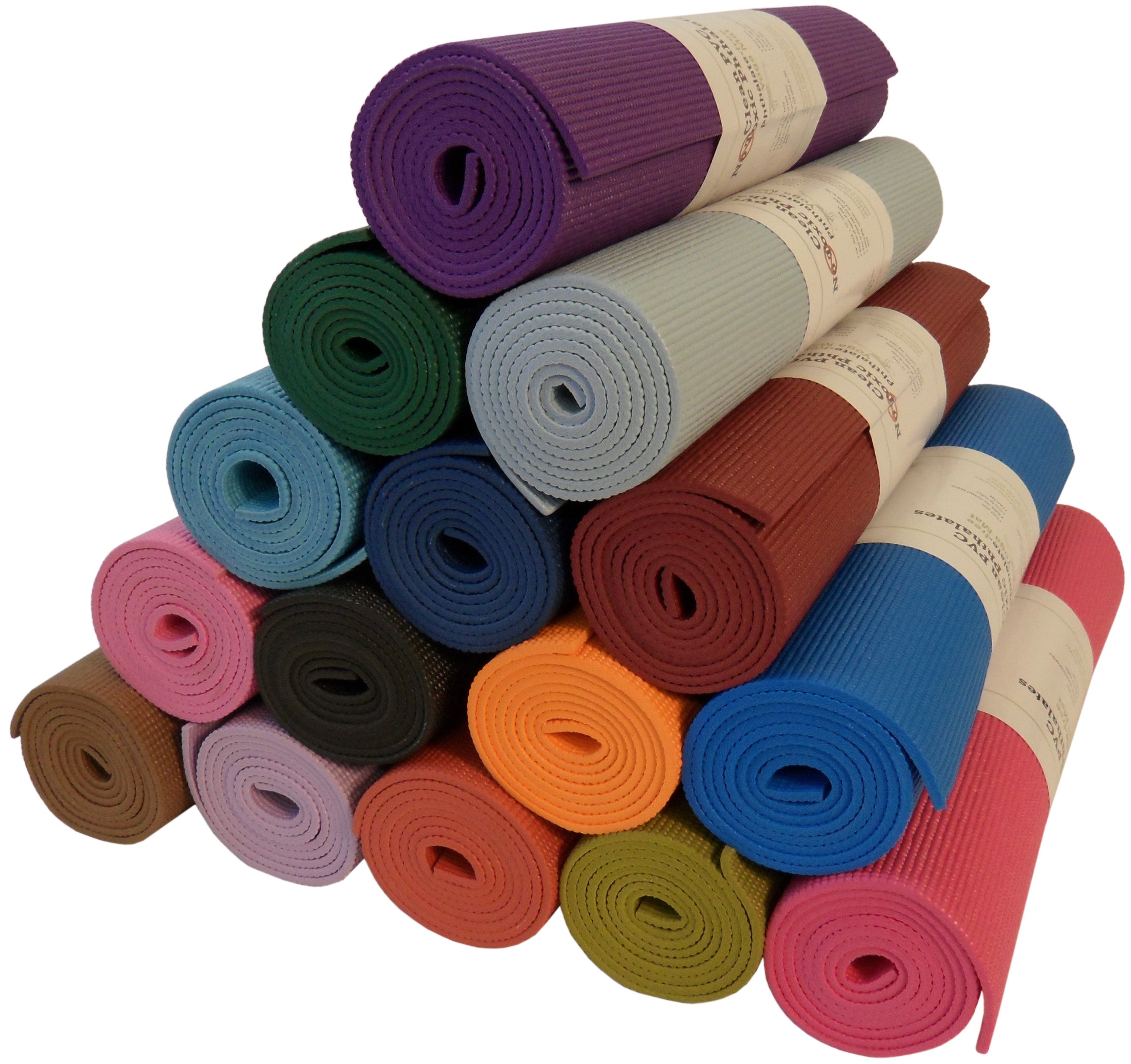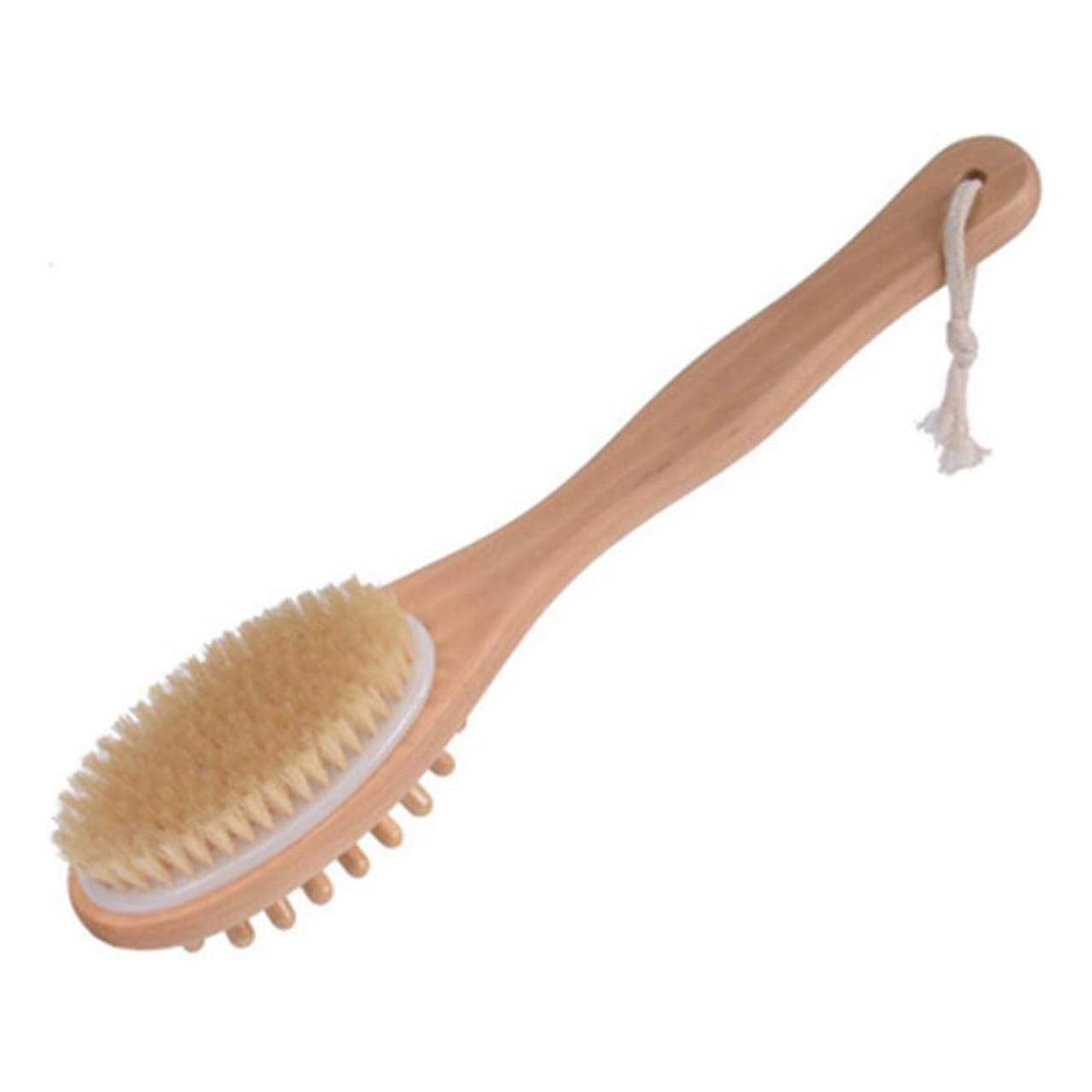Synthetic fabrics are textiles made from man-made fibers, primarily derived from chemical processes. Unlike natural fibers, which come from plants and animals, synthetic fabrics are engineered for specific properties, making them versatile and widely used in various applications. Common examples include polyester, nylon, spandex, and acrylic. These materials often exhibit durability, elasticity, and resistance to wrinkles and mildew.
The Rise of Synthetic Fabrics
The development of synthetic fabrics began in the early 20th century, with significant advancements occurring during World War II when materials like nylon became essential for military applications. Since then, synthetic fabrics have permeated everyday life, revolutionizing the clothing, home goods, and automotive industries.
Key Types of Synthetic Fabrics
1. Polyester
Polyester is one of the most widely used synthetic fabrics, known for its strength and resilience. It is resistant to shrinking, stretching, and mildew, making it a favorite for clothing and home textiles.
-
Properties:
-
Quick-drying
-
Wrinkle-resistant
-
Durable
-
For more on the benefits of polyester, check out this detailed guide on polyester fabrics.
2. Nylon
Originally developed for parachutes, nylon is a highly versatile synthetic fabric known for its strength and elasticity. It is commonly used in activewear, outdoor gear, and hosiery.
-
Properties:
-
Lightweight
-
Strong and durable
-
Resistant to abrasion
-
3. Spandex
Also known as elastane, spandex is famous for its exceptional elasticity. It is often blended with other fibers to provide stretch and comfort in garments like leggings and swimwear.
-
Properties:
-
High stretchability
-
Excellent recovery
-
Comfortable fit
-
4. Acrylic
Acrylic fabrics mimic the feel of wool but are lighter and more affordable. They are often used in sweaters, blankets, and outdoor furniture.
-
Properties:
-
Soft and lightweight
-
Good color retention
-
Resistant to moths and mildew
-
Advantages of Synthetic Fabrics
Durability and Longevity
Synthetic fabrics are generally more durable than their natural counterparts. They resist wear and tear, making them ideal for high-use items such as outdoor gear and sportswear.
Cost-Effectiveness
Due to their mass production and ease of manufacturing, synthetic fabrics are often more affordable than natural fibers. This makes them accessible for various consumers and applications.
Versatility in Applications
Synthetic fabrics can be engineered to serve specific functions, such as moisture-wicking for athletic wear or flame resistance for safety gear. This adaptability has led to their widespread use across different industries.
Environmental Impact of Synthetic Fabrics
While synthetic fabrics offer numerous benefits, they also pose significant environmental challenges. The production and disposal of synthetic textiles can contribute to pollution and waste.
Microplastics
One major concern is the shedding of microplastics during washing, which can contaminate water systems and harm marine life. According to research, a single load of synthetic laundry can release thousands of microplastic fibers into the environment.
Non-Biodegradability
Synthetic fabrics do not decompose easily, leading to long-term waste in landfills. Unlike natural fibers, which can break down, synthetic textiles can take hundreds of years to decompose.
Resource Intensive Production
The production of synthetic fabrics often requires significant energy and water resources. Additionally, the chemicals used in manufacturing can be harmful to both workers and the environment.
Alternatives to Synthetic Fabrics
Natural Fibers
For those concerned about the environmental impact of synthetic fabrics, natural fibers such as cotton, linen, wool, and hemp offer sustainable alternatives. These materials are biodegradable and have a lower environmental footprint. Learn more about sustainable fabrics in our article on Sustainable Living.
Recycled Synthetic Fabrics
Another emerging trend is the use of recycled synthetic fibers, which help reduce waste and lower the demand for new raw materials. Brands are increasingly adopting recycled polyester and nylon, contributing to a more sustainable textile industry.
Caring for Synthetic Fabrics
Proper care can extend the life of synthetic fabrics and reduce their environmental impact.
Washing Tips
-
Use Cold Water: Washing in cold water helps prevent color fading and reduces energy consumption.
-
Gentle Cycle: Use a gentle cycle to minimize wear and tear on the fabric.
-
Avoid Fabric Softeners: These can coat synthetic fibers and reduce their moisture-wicking properties.
Drying Tips
-
Air Dry: Whenever possible, air drying is preferable to using a dryer, which can contribute to fabric damage and energy use.
-
Low Heat Settings: If using a dryer, opt for low heat to minimize shrinkage and damage.
FAQs About Synthetic Fabrics
What are synthetic fabrics made of?
Synthetic fabrics are made from man-made fibers created through chemical processes. Common materials include polyester, nylon, spandex, and acrylic.
Are synthetic fabrics environmentally friendly?
While synthetic fabrics have advantages, such as durability and cost-effectiveness, they pose environmental challenges, including microplastic pollution and non-biodegradability.
How do I care for synthetic fabrics?
To care for synthetic fabrics, wash in cold water on a gentle cycle, and avoid fabric softeners. Air drying is preferred, but if using a dryer, select low heat settings.
What are the advantages of synthetic fabrics?
Synthetic fabrics are durable, cost-effective, and versatile, making them suitable for a wide range of applications, from clothing to industrial uses.
Can synthetic fabrics be recycled?
Yes, many synthetic fabrics can be recycled. Recycled polyester and nylon are increasingly used in the fashion industry to create new garments. You can explore more on recycling textiles at the Ellen MacArthur Foundation.
Conclusion
Synthetic fabrics have become a staple in modern textile applications, offering unique benefits that cater to various needs. However, it is crucial to recognize their environmental impact and consider sustainable alternatives when possible. By understanding the properties, advantages, and challenges associated with synthetic fabrics, consumers can make informed choices that balance functionality and sustainability.
Call to Action
Explore more about sustainable living and eco-friendly products on our Flora Blog. Stay informed and make a difference in your textile choices today! Additionally, check out our Health & Wellness section for more tips on living sustainably.




